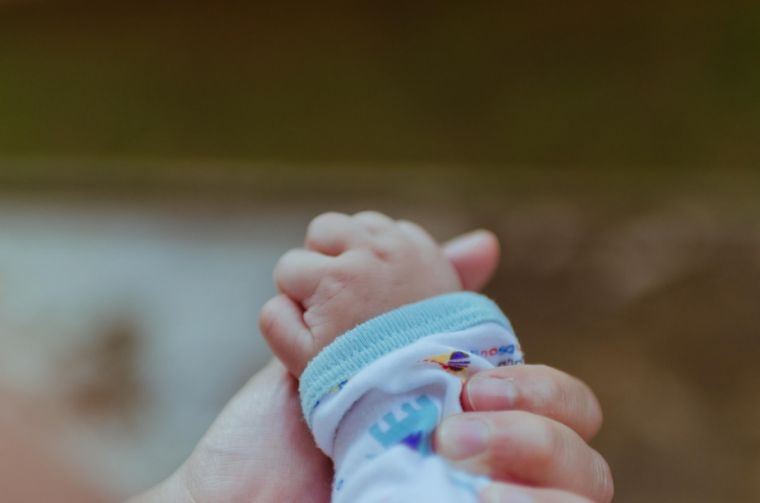Former nurse shares 'traumatising experience' of comforting babies born alive after failed abortions

Jill Stanek, now the National Campaign Chair to US-based pro-life charity Susan B. Anthony List, testified about her "traumatising experience" before the US Senate Judiciary Committee to make a case for passing the Born-Alive Abortion Survivors Protection Act.
If passed by both the House of Representatives and the Senate and signed into law by President Donald Trump, the Act would require healthcare professionals to give the same degree of care to babies who survive 'failed' abortions as they do to any other newborn.
Under the Conservative Government's proposed framework for abortion in Northern Ireland such protections won't be offered to babies who survive abortions there.
Jill described in graphic detail the procedure known as 'labour-induced abortion', stating that the goal of the procedure is simply "to cause a pregnant mother's cervix to open so that she will prematurely deliver a baby who dies during the birth process or soon afterward…"
"Although some doctors kill babies before starting this procedure by injecting a medication or potassium chloride through her mother's abdomen into the baby's heart to cause instant cardiac arrest, many… don't.
"In the event a baby was aborted alive, he or she received no medical assessments or care but was only given what my hospital called 'comfort care.'"
Jill then shared her own experience from her time as a nurse at a hospital that committed abortions.
In a particularly horrifying episode, one mother "was not only shocked when her little boy was aborted alive, she was also shocked that he didn't appear to have the external physical deformities she had been told he was going to have. The mother screamed for someone to help her baby, and my colleague rushed to call a neonatologist over from the unit."
"The mother was so traumatised that my friend had to give her a tranquilizer," she added. The baby died within half an hour.
Recounting the night a baby with Down's syndrome who had survived an abortion and was left to die in the hospital's soiled utility room she said:
"I could not bear the thought of this suffering child dying alone, so I rocked him for the 45 minutes that he lived. He was 21 to 22 weeks old, weighed about half a pound, and was about the size of my hand."
She added: "From what I observed, it was not uncommon for a live aborted baby to linger for an hour or two or even longer. One abortion survivor I was aware of lived for almost eight hours."
The hospital Jill worked has previously admitted "between 10 percent and 20 percent" of 'aborted' babies "survive for short periods".
Another night, while an abortion was taking place in one room, Jill recalled that she needed help with the delivery of a wanted full-term baby just a few doors down the hall.
However, when she asked for help, the nurse taking care of the aborting mother and aborted baby told her that she and a fellow nurse were "busy".
Jill said: "I thought about how insane it was that there was no one to help me with my healthy delivery only because they were busy wrapping another baby they had caused to die."
The debate will continue in both the US Senate and House of Representatives. However, in Northern Ireland no such debate will occur.
In the proposed framework, there is no mention of a legal requirement that babies born alive after an abortion are resuscitated or provided with medical assistance, despite the issue being more common than many people first think.
In 2008, a UK report found that 66 infants were born alive after NHS terminations in one year. The majority of those 66 babies took over an hour to die.
In Victoria, Australia, where there is a similarly extreme abortion law, scores of babies were left to die after being removed alive during a number of 'failed' terminations, according to one official review.
The review reported that in 2011 there were 40 'terminations of pregnancy' after 20 weeks 'resulting in live birth'. While these figures are comparable in scale, Victoria's population of 5.5 million is just a tenth of Britain's.
This shows the scale of this problem in an environment where there are very few legal safeguards around abortion.
This article first appeared at https://righttolife.org.uk/ and is published here under a Creative Commons licence.











